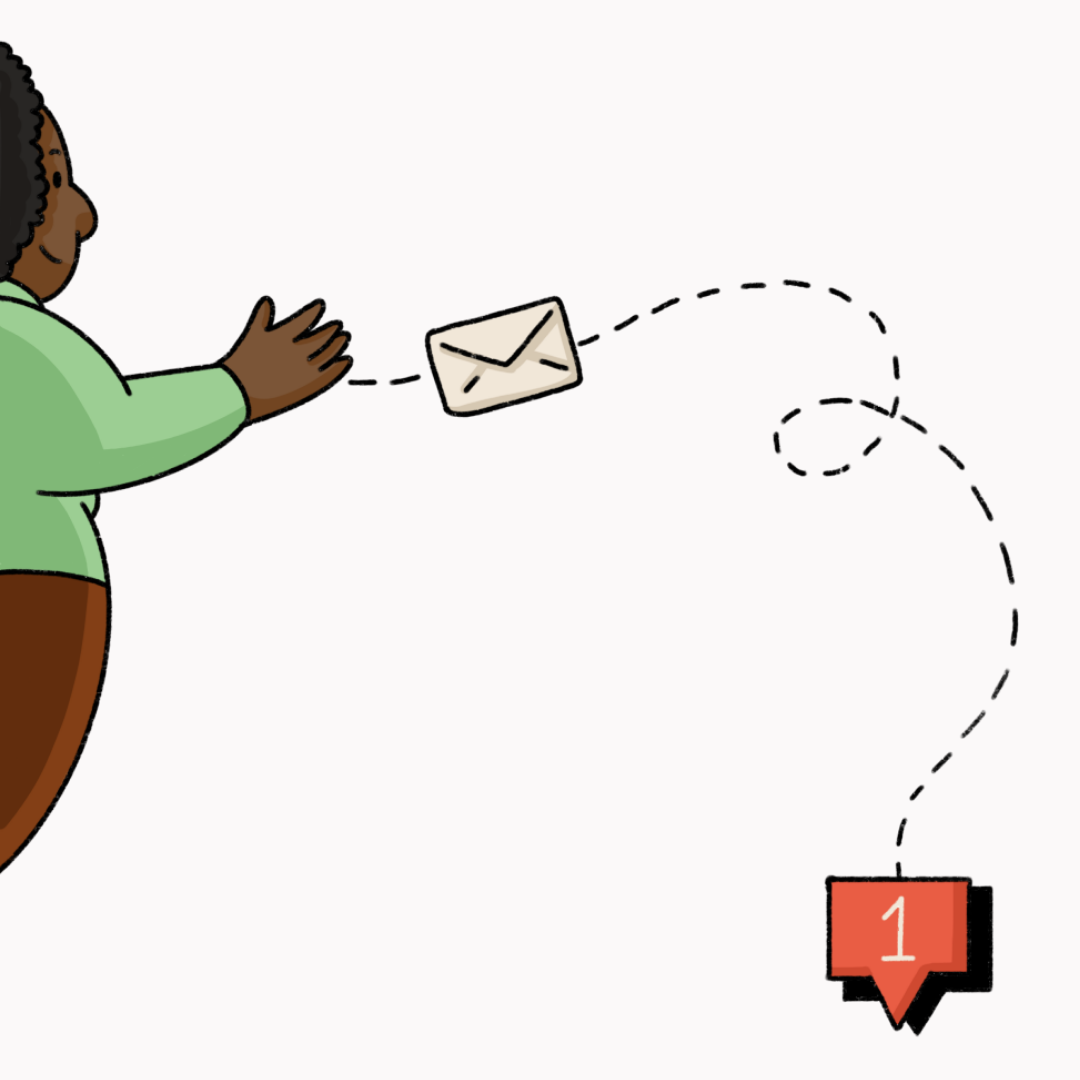Written by: Camille Zeitouni (she/her).
Edited by: Jillian Schneidman (she/her).
The challenge with writing an article about comprehensive sexual helath education comes from how the beliefs and values around sex and sexual health are different for each person and are subject to change with time. I cannot list off ten topics that once checked-off can certify that the sexual health education one promotes, gives or receives is deemed comprehensive. Instead, I will take the approach to write about the gaps in what is known as our current state of comprehensive sexual health education, and how I believe healthcare practitioners can better promote this with their patients.
According to the Sex Information & Education Council of Canada (SIECCAN), sexual health education has two goals:
- “To help people achieve positive outcomes” (1) , which can include:
- “Self-esteem
- Respect for self and others
- Non-exploitive sexual relations
- Rewarding human relationship” (1)
- “To avoid negative outcomes” (1), such as:
- “STI/HIV
- Sexual coercion
- Unintended Pregnancy” (1)
Unfortunately, it seems to me the sexual health education most of us receive from our school curriculum, the healthcare system, and societal norms are solely focused on the second goal. I say this is unfortunate because focusing on the negatives of sex perpetuates the stigma that sex is bad and makes you a “dirty” person, and when negative outcomes do occur that they should be met with shame. Instead, I believe that a greater emphasis should be placed on the good meaning of sex. Sex should be promoted as pleasurable, and people should be encouraged to have a healthy relationship with sex and their own sexual health.
Sex should be promoted as pleasurable, and people should be encouraged to have a healthy relationship with sex and their own sexual health.
This balance stated above between the “good” and the “bad” ties into one of the nine core principles outlined in SIECCAN’s Canadian Guidelines for Sexual Health Education. It states that “[Comprehensive sexual health education must] incorporate a balanced approach to sexual health promotion that includes [both] the positive aspects of sexuality and relationships, as well as the prevention of sexual health problems” (2). Healthcare professionals can focus on this balance by placing a greater emphasis on the positives of sexual health. They can do this through: nurturing self-esteem, discussing topics such as sexual pleasure with their patients, promoting relationships in which patients feel respected and comfortable engaging in sex, and celebrating when their patients make choices that they find dignity and happiness in (3).
Another gap in the sexual health education most of us receive comes from its focus on heteronormative and cisnormative sex and sexual health, and its exclusion of 2SLGBTGIA+ folks. Again, this gap goes against the principle stated by SIECCAN that “[Comprehensive Sexual Health Education has to be] inclusive of the identities and lived experiences of lesbian, gay, bisexual, transgender, queer, intersex, two spirit, and asexual people” (3). A simple way to be more inclusive with your patients as healthcare practitioners is by not assuming someone’s gender or sexual orientation. Instead, ask your patients if they would like to share how they identify in terms of gender and sexual orientation, and affirm these throughout the encounter if they chose to share this with you. Not only does this promote the dignity of the person but allows yourself to help tailor the information, tests and counseling you need to provide. It is important to be aware that not all patients may feel comfortable or safe disclosing their gender and sexual orientation due to the homophobia and transphobia in our society, and that this is okay too.
It is not fair to assume that certain groups don’t need sexual health education.
Beyond this, we need to also ensure that comprehensive sexual health education “is accessible to all people regardless of age, gender, sexual orientation, STBBI status, geographic location, socio-economic status, cultural or religious background, ability, or housing status” (2). It is not fair to assume that certain groups don’t need sexual health education. For example, we often think that sexual health education is only important for young people and because of this, older adults often get left out of the conversations. However, between 2005 and 2015 there was a 142% increase in chlamydia and an 87% rise in gonorrhea in people aged 60 and over (4). Clearly, it is not just young people who need to be counselled on how to avoid STIs, or other aspects of sexual health. But more broadly, we as a society and healthcare professionals need to acknowledge that.
Lastly, comprehensive sexual health education must be “scientifically accurate and use evidence-based teaching models” (2). Simply transmitting sexual health knowledge does not actually change people’s attitudes and behaviours towards sex. Rather, we should focus on helping individuals acquire the skills and tools needed to put their intentions into actions. For example, most of us are aware that condoms prevent the transmission of STIs, but how many of us can assert we use them religiously? There have been many models proposed that can be used when discussing sexual health with patients such as the Information, Motivation and Behaviour (IMB) Model; the Social Cognitive Theory; or the Transtheoretical Model (1). What all these models have in common is that they go beyond just teaching the facts and instead examine all the environmental, societal and personal factors that may be influencing someone’s behaviour. They focus on changing people’s motivation to make healthy choices and work on developing skills such as building people’s own personal feelings of self-efficacy to actually create behaviour change.
We need to go beyond just teaching the facts and instead examine all the environmental, societal and personal factors that may be influencing someone’s behaviour.
What I hope to get through in this article is that comprehensive sexual health education goes beyond just teaching people to use contraception and condoms. Instead, we need to teach people to make informed sexual health decisions by uplifting their self-esteem, respect for others, and rewarding healthy relationships. We need to stop excluding so many people from these discussions and allow everyone to access knowledge on how to lead a healthy and happy sex life. I believe the best place for healthcare practitioners to start is by being respectful, non-judgemental, and compassionate to their patients to help create a supportive and safe environment where trust can be built.
I want to acknowledge that I am no expert in comprehensive sexual health education. If you are interested in learning more about this topic, here are some resources that I found quite helpful:
- To learn more about the principles of comprehensive sexual health education: http://sieccan.org/wp-content/uploads/2018/08/SIECCAN-DRAFT-Core-Principles-of-Comprehensive-Sexual-Health-Education.pdf
- To learn more about how to go about teaching comprehensive sexual health education: http://sieccan.org/pdf/guidelines-eng.pdf
- (For healthcare professionals) Integrating comprehensive sexual health education into your practice: https://nationalcoalitionforsexualhealth.org/tools/for-healthcare-providers/document/Provider-Guide_2021.pdf
I want to thank Sarah Robinson for helping me write this piece and their valuable perspective!
References:
1. Sex Information & Education Council of Canada (SIECCAN). Canadian Guidelines for Sexual Health Education [Internet]. Public Health Agency of Canada; 2003. Available from: http://sieccan.org/pdf/guidelines-eng.pdf
2. Sex Information & Education Council of Canada (SIECCAN). Core Principles of Comprehensive Sexual Health Education For Canadians [Internet]. 2018. Available from: http://sieccan.org/wp-content/uploads/2018/08/SIECCAN-DRAFT-Core-Principles-of-Comprehensive-Sexual-Health-Education.pdf
3. National Coalition For Sexual Health. Sexual Health and Your Patients: A Provider’s Guide [Internet]. 2021. Available from: https://nationalcoalitionforsexualhealth.org/tools/for-healthcare-providers/document/Provider-Guide_2021.pdf
4. Arti Patel. Seniors Have Sex – and the STI Rates to Prove It [Internet]. Global News. 2017. Available from: https://globalnews.ca/news/3802497/canada-sti-rates-seniors/#:~:text=Infectious%20syphilis%20rates%20rose%20dramatically,have%20increased%20significantly%20among%20seniors



